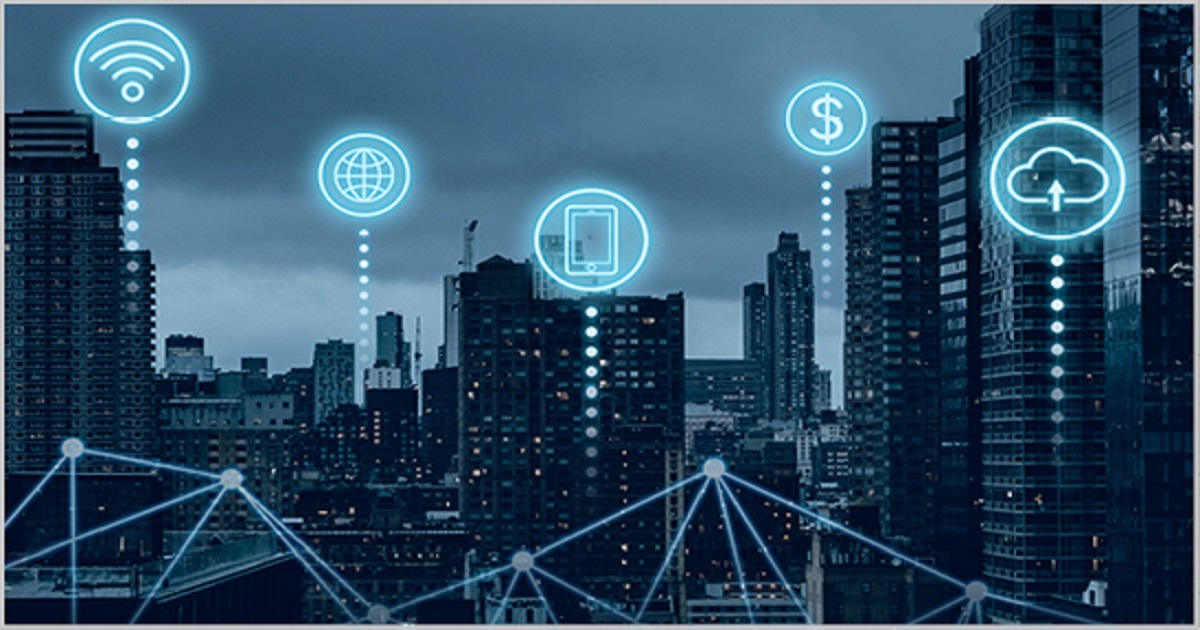Next Generation Blockchain, Information Security and Soft Computing for Future IoT Networks
A special issue of Computers (ISSN 2073-431X). This special issue belongs to the section "Internet of Things (IoT) and Industrial IoT".
Deadline for manuscript submissions: closed (28 February 2025) | Viewed by 24954

Special Issue Editor
Interests: information system; IT management; information security management; research methodology; blockchain technology; cyber security
Special Issues, Collections and Topics in MDPI journals
Special Issue Information
Dear Colleagues,
The integration of next generation computing technologies has revolutionized the concept of future IoT networks. The IoT can be deployed in various sectors, including home automation, smart cities, supply chain management, healthcare, agriculture, traffic management, resource management, smart grids, smart watches, elderly care, and businesses and startups. Next generation blockchain technologies offer decentralized, enhanced transparency and trust in IoT networks. Merging blockchain with the IoT, data security and privacy will easily mitigate associated risks. More interestingly, soft computing techniques, such as fuzzy logic, neural networks, evolutionary computing, genetic algorithm, particle swarm optimization, ant colony optimization and computational intelligence, will enable an adaptive and intelligent decision-making process within IoT networks. With the help of soft computing, IoT systems will improve the changing conditions, optimize resource allocation and enhance overall IoT network efficiency.
This Special Issue will cover all topics of blockchain, information security, soft computing, the Internet of Everything, big data for IoT networks, IoT-enabled unmanned aerial vehicles, software define networks, swarm intelligence, AI/ML/DL for IoT networks, NLP, 6G, Federated Learning and computer vision applications.
This Special Issue topics of interest include, but are not limited to, the following:
- Internet of Things
- MANET, VANET, FANET, SANET and wireless ad hoc networks
- Underwater and underground networks
- Personal area networks, home area networks
- Routing protocols
- Security and privacy
- Machine/Deep Learning for ad hoc networks
- Blockchain technology
- Industrial Internet of Things
- Artificial Intelligence
- Software Define Networks
- Fog/Cloud/Edge Computing
- Aerial Ad Hoc Networks/Flying ad hoc networks
- Applications of ad hoc networks
- Optimization techniques
- AI based secure communication
- Intrusion detection system
- Trustworthy IoT-enabled computation
- Cellular Networks
- 5G/6G for ad hoc networks
- Energy efficient communication for ad hoc networks
- Mobility models for ad hoc networks
- Heuristic computations
- Network security for cognitive networks
- Reinforcement learning for ad hoc networks
- Clustering algorithms
- Big data
- Fake node detection in networks
- Federated Learning in communication networks
You may choose our Joint Special Issue in Blockchains.
Dr. Hamed Taherdoost
Guest Editor
Manuscript Submission Information
Manuscripts should be submitted online at www.mdpi.com by registering and logging in to this website. Once you are registered, click here to go to the submission form. Manuscripts can be submitted until the deadline. All submissions that pass pre-check are peer-reviewed. Accepted papers will be published continuously in the journal (as soon as accepted) and will be listed together on the special issue website. Research articles, review articles as well as short communications are invited. For planned papers, a title and short abstract (about 100 words) can be sent to the Editorial Office for announcement on this website.
Submitted manuscripts should not have been published previously, nor be under consideration for publication elsewhere (except conference proceedings papers). All manuscripts are thoroughly refereed through a single-blind peer-review process. A guide for authors and other relevant information for submission of manuscripts is available on the Instructions for Authors page. Computers is an international peer-reviewed open access monthly journal published by MDPI.
Please visit the Instructions for Authors page before submitting a manuscript. The Article Processing Charge (APC) for publication in this open access journal is 1800 CHF (Swiss Francs). Submitted papers should be well formatted and use good English. Authors may use MDPI's English editing service prior to publication or during author revisions.
Keywords
- blockchain
- information security
- soft computing
- IoT
- AI
- UAVs
- NLP
Benefits of Publishing in a Special Issue
- Ease of navigation: Grouping papers by topic helps scholars navigate broad scope journals more efficiently.
- Greater discoverability: Special Issues support the reach and impact of scientific research. Articles in Special Issues are more discoverable and cited more frequently.
- Expansion of research network: Special Issues facilitate connections among authors, fostering scientific collaborations.
- External promotion: Articles in Special Issues are often promoted through the journal's social media, increasing their visibility.
- Reprint: MDPI Books provides the opportunity to republish successful Special Issues in book format, both online and in print.
Further information on MDPI's Special Issue policies can be found here.





